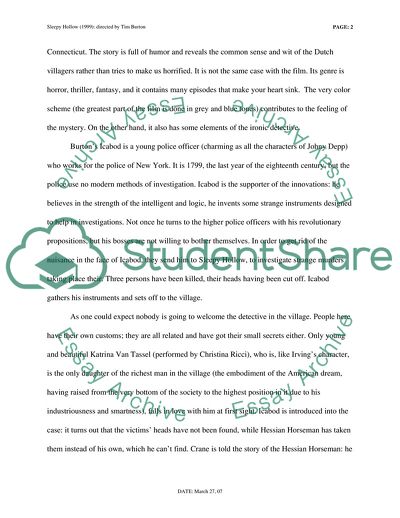Cite this document
(Critical Book/Film Report on the Supernatural Movie Review, n.d.)
Critical Book/Film Report on the Supernatural Movie Review. Retrieved from https://studentshare.org/visual-arts-film-studies/1706912-critical-bookfilm-report-on-the-supernatural
Critical Book/Film Report on the Supernatural Movie Review. Retrieved from https://studentshare.org/visual-arts-film-studies/1706912-critical-bookfilm-report-on-the-supernatural
(Critical Book/Film Report on the Supernatural Movie Review)
Critical Book/Film Report on the Supernatural Movie Review. https://studentshare.org/visual-arts-film-studies/1706912-critical-bookfilm-report-on-the-supernatural.
Critical Book/Film Report on the Supernatural Movie Review. https://studentshare.org/visual-arts-film-studies/1706912-critical-bookfilm-report-on-the-supernatural.
“Critical Book/Film Report on the Supernatural Movie Review”. https://studentshare.org/visual-arts-film-studies/1706912-critical-bookfilm-report-on-the-supernatural.


